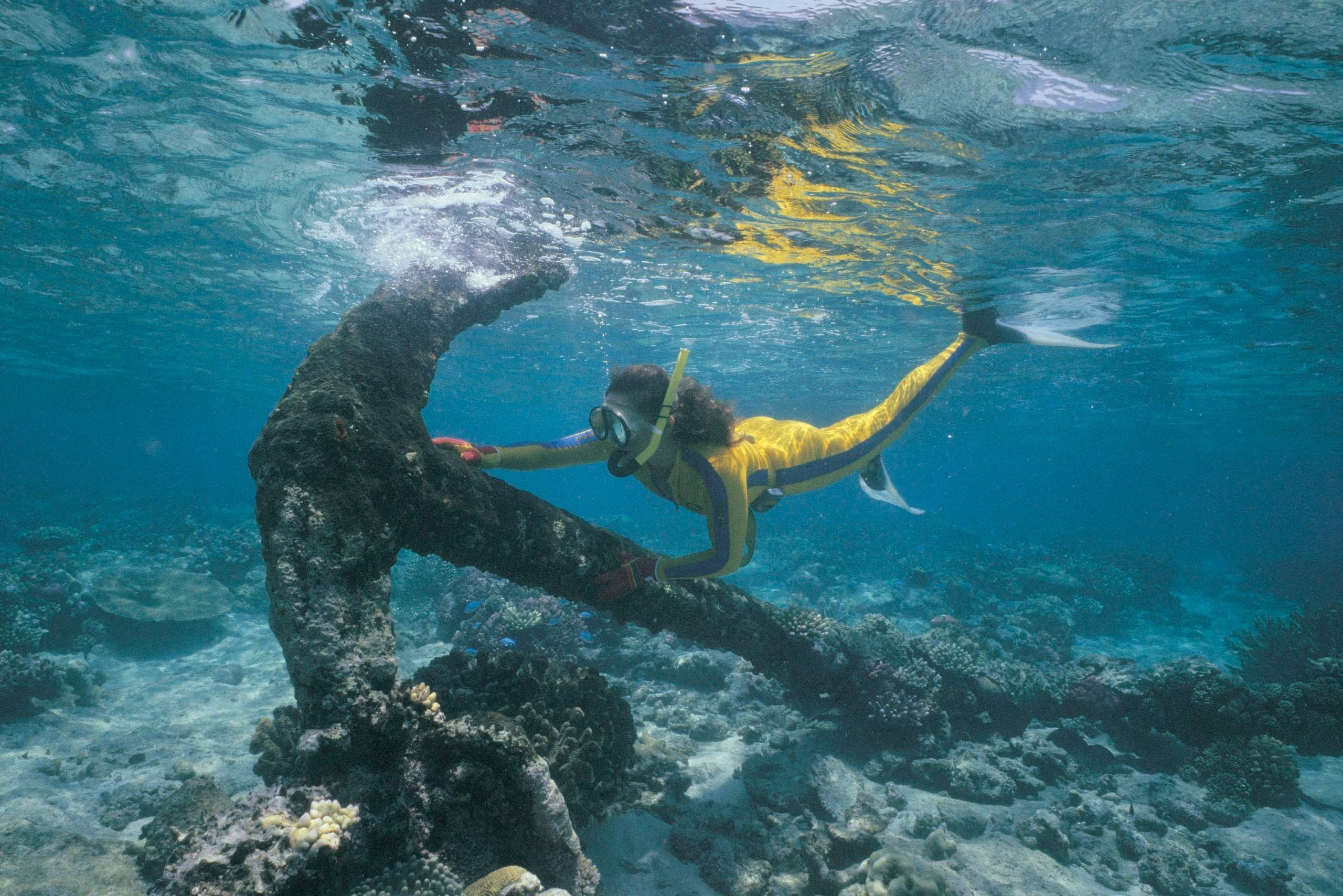
Shipwrecks, mysteries, and treasure
There’s something so fascinating about a sunken ship. It’s as if the vessel was frozen in time at the bottom of a body of water, and thanks to popular culture, we think there’s always the chance of finding some sort of treasure down there. According to the National Parks Service, “shipwrecks are an exciting and challenging window into the study and presentation of our past.” Sunken ships are invaluable submerged resources that tell us about what life was like both in the boat’s place of origin, as well as its final destination—even if it didn’t actually make it there. By studying sunken ships, underwater archaeologists are able to learn about evolving shipbuilding methods, the people that were sailing, and the products that were coming through the region. Everyone knows about sunken ships like the Titanic, but here are others that history has largely forgotten.
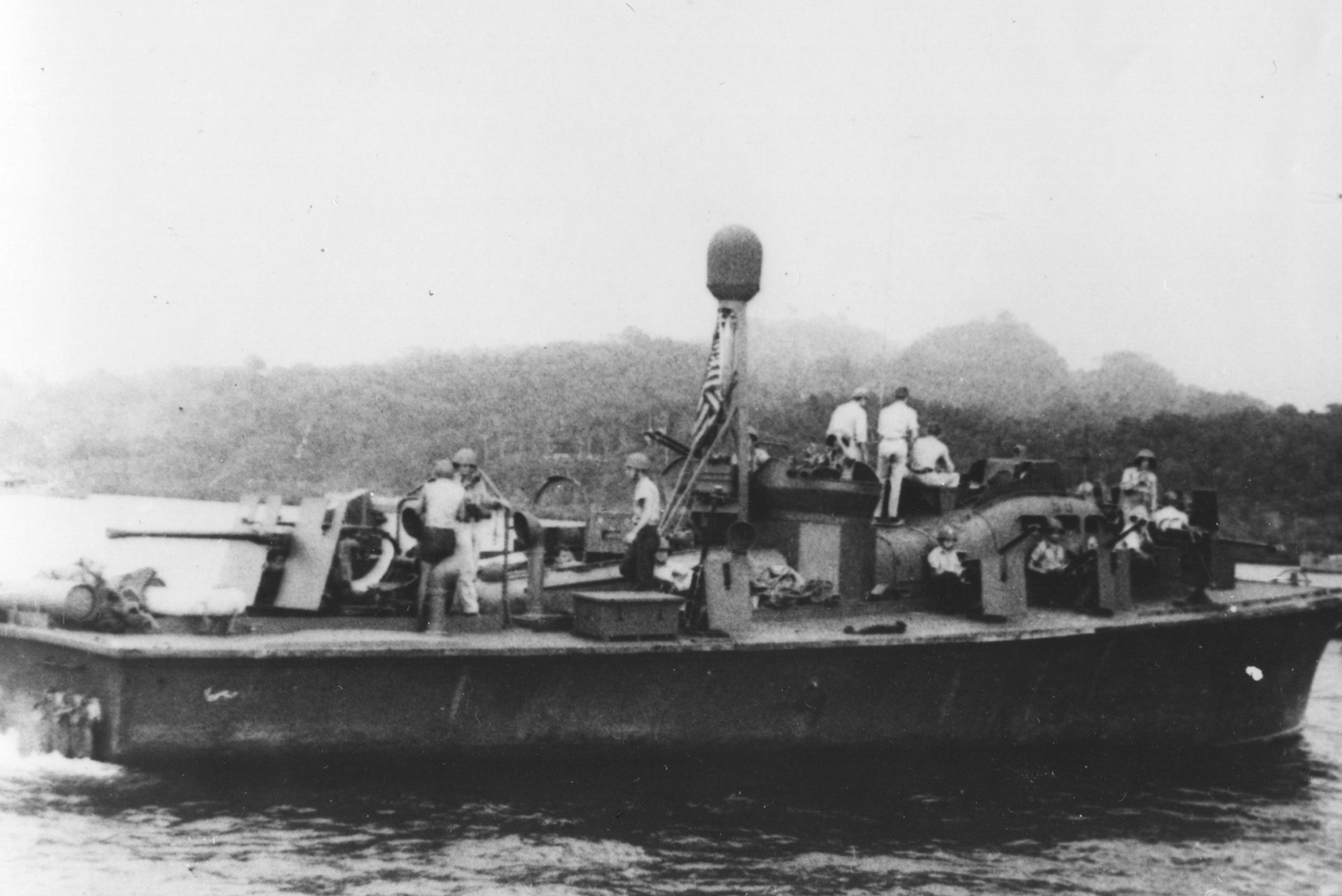
PT-59
In May 2020, the remnants of what is thought to be the PT-59 Navy vessel were lifted off the bottom of the Harlem River in Manhattan. A sunken ship in a major city was news in itself, but this boat had another interesting layer: it’s thought that John F. Kennedy commanded the PT-59 during World War II when he was in his mid-20s. But how did it get there? After the war, it was sold as surplus and operated as a charter boat during the 1950s. “It was painted white, its machine guns replaced by fishing rod holders and railings for anglers to lean upon. Its powerful engines were replaced by more economical twin diesels,” the New York Times reports. Then in 1970, Bronx school teacher Redmond Burke purchased the PT-59 for $1,000 to turn it into a houseboat. He lived in it for a while, docked at an abandoned pier at 208th Street, but it kept leaking and eventually the upkeep got to be too much. A few years later, Burke let it sink to the bottom of the river, and it remained there for decades. He was aware of the JFK connection and tried to sell the boat to Kennedy collectors, but couldn’t find anyone interested. Find out the most stunning deep-sea sights around the world.
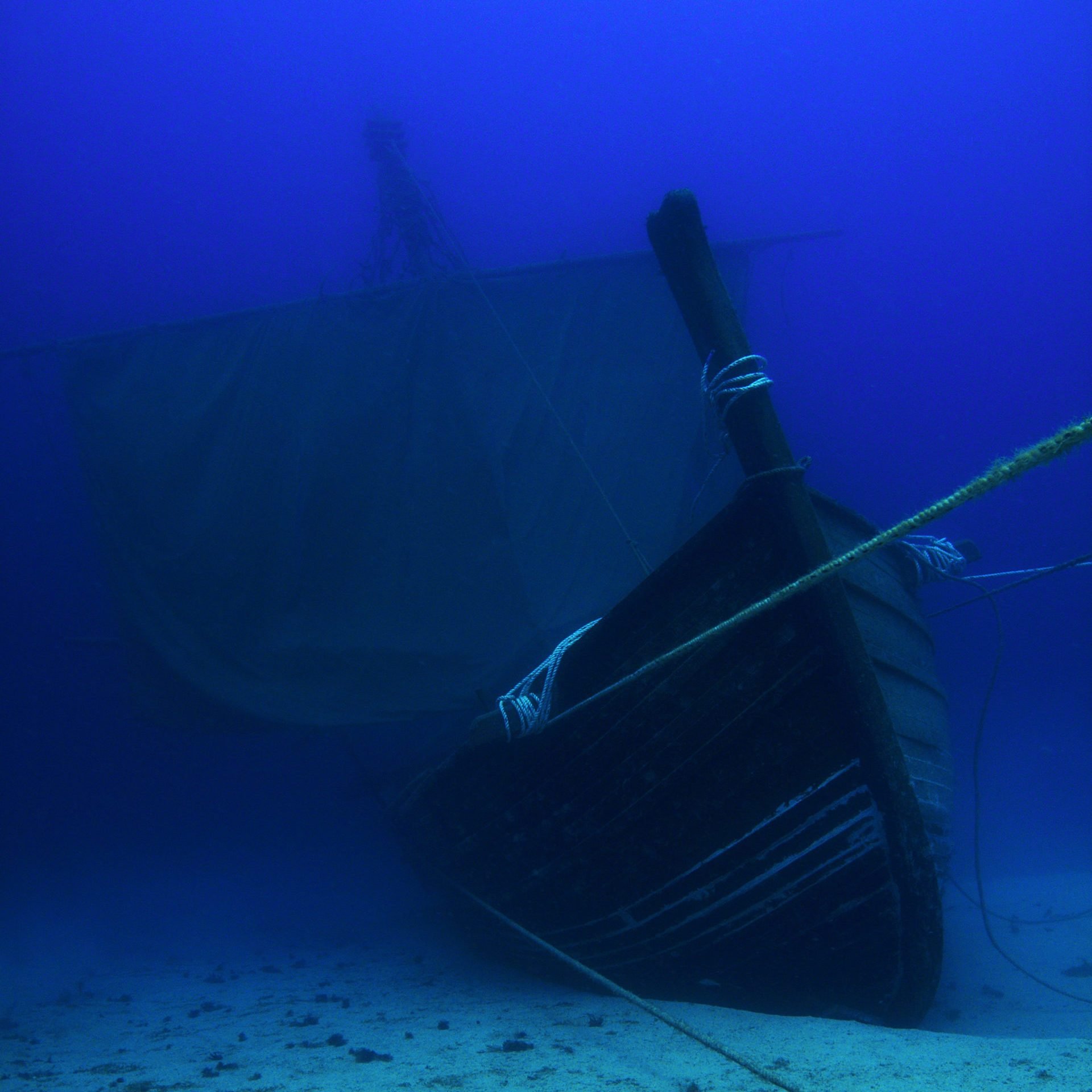
The Uluburun shipwreck
Back around 1300 BC, the Uluburun sank off the coast of southwestern Turkey. Though it’s unclear what, exactly, caused the merchant ship to sink, it’s what was—and wasn’t—found inside that counts. A 17-year-old sponge diver first discovered the sunken ship in 1982, and its excavation took place in 1985. Though there were no human remains found in or near the wreck, the other contents provide a glimpse into the international trade and the relations that were taking place more than 3,000 years ago. “The Uluburun shipwreck is extremely important because it is one of the very few shipwrecks that we have in the Mediterranean area that date to the Late Bronze Age (late second millennium BC),” Eric Cline, PhD, director of The George Washington University Capitol Archaeological Institute, tells Reader’s Digest. “It is even more important because it sank with a full cargo, which includes objects from at least seven different cultures or civilizations from that time period, including Egypt, Mycenaean Greece and Minoan Crete, Canaan and Cyprus. The cargo is a microcosm of the international trade and connections that were ongoing between the Aegean and Eastern Mediterranean at the time.”
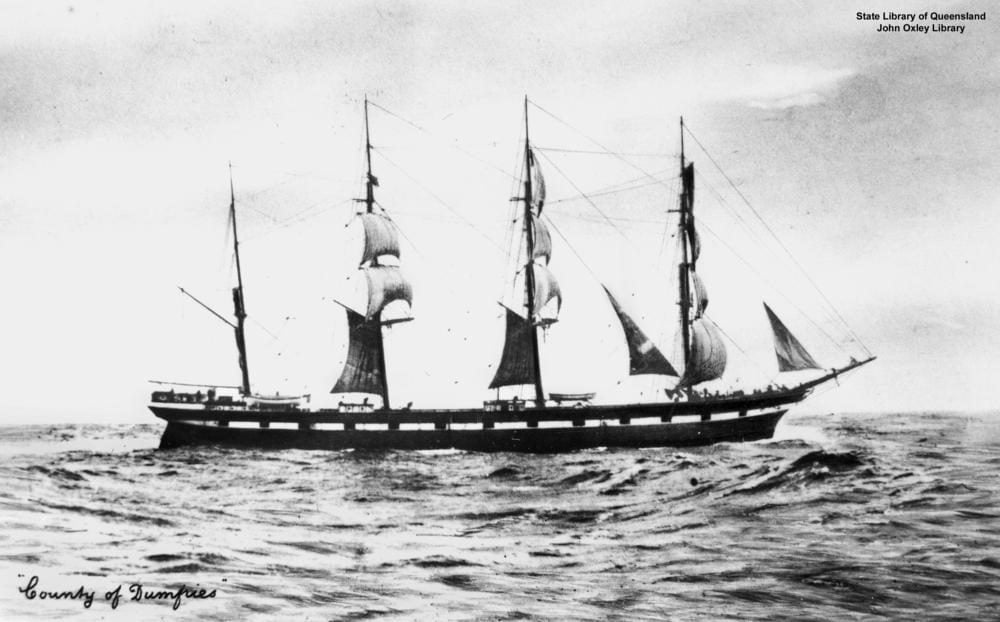
The Sovinto
On November 4, 1906, the Sovinto left Campbellton, New Brunswick, with more than a million feet of lumber, bound for Australia. The following day, a major storm—named the Yankee Gale—battered the ship and its cargo. The captain ordered his crew to put on their life jackets, and he tried to drop anchor before hitting the breakers close to the shore of Prince Edward Island, but it was too late. The Sovinto hit a nearby reef, but the lifeboat was unreachable. Only ten members of the 22-person crew made it to shore, while the rest perished at sea, according to the Prince Edward Island Narratives Program. Local residents placed the remains of the deceased in coolers at a nearby lobster factory. Later, several surviving members of the crew died of tuberculosis. After the storm ended, area children would swim out to the wreckage of the Sovinto to play. There were also reports that large wheels of cheese from the ship floated ashore after the wreck. Today, some remnants of the sunken sink can still be found on the rocks at Priest Pond on Prince Edward Island.
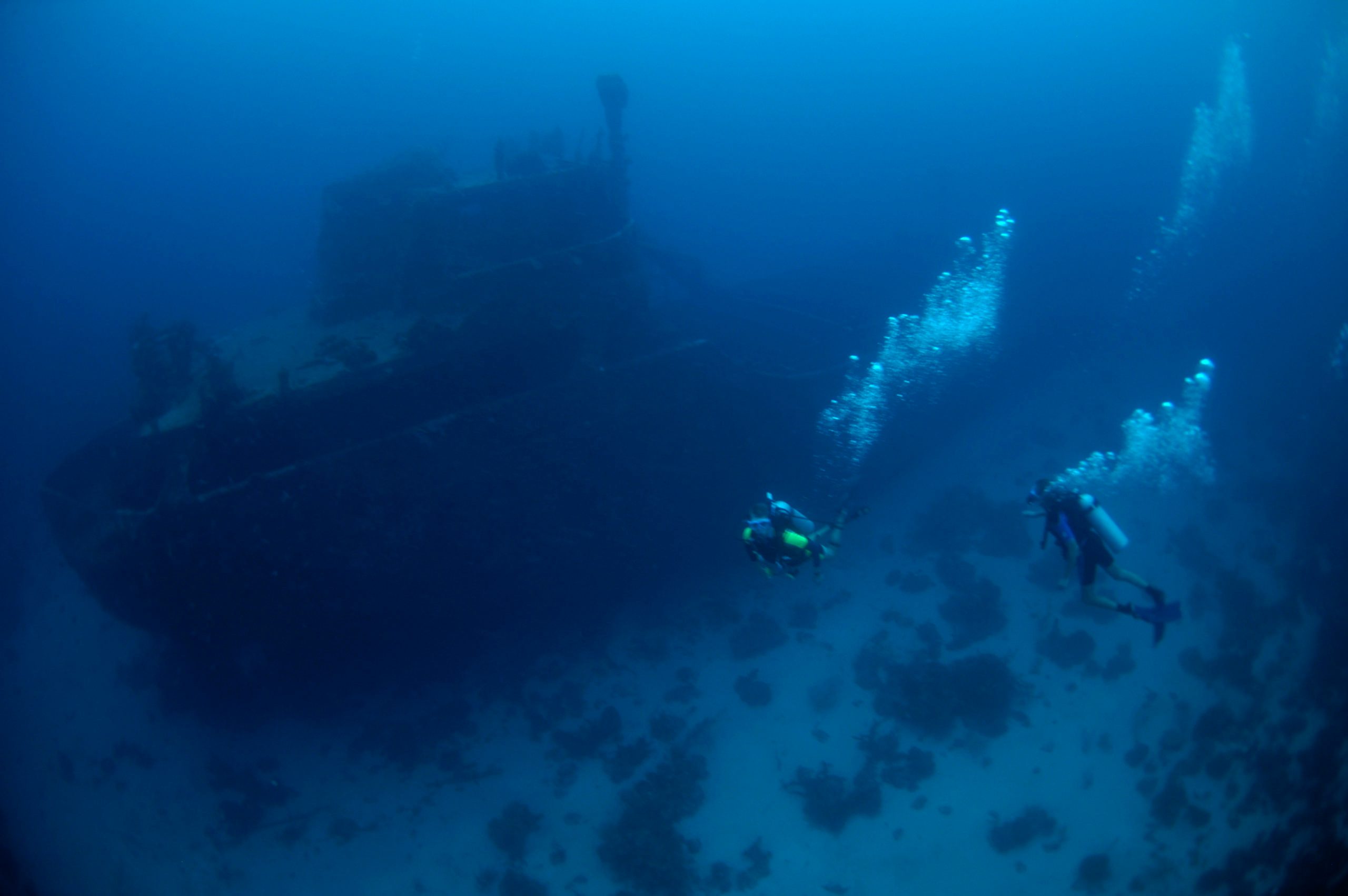
The Superior Producer
Ranked as one of the best wreck dives in the Caribbean, the Superior Producer is an old 240-foot freighter ship that sank in December 1977, Michelle George, a representative for the island of Curaçao, tells Reader’s Digest. “The ship was overloaded with Christmas supplies, which caused it to start taking on water right in the middle of Willemstad’s main channel, the Sint Anna Bay,” she explains. Fortunately, no one died in the wreck. In an effort to move the massive vessel, crews pulled it around the corner to the present-day cruise terminal where the sunken ship still remains in 100 feet of water today. “Sitting upright, the Superior Producer is now home to some of Curaçao’s most colorful fish and is a popular site for advanced divers,” George says. “The catch—divers can explore the wreck when cruise ships are not in port; otherwise divers could get sucked into the cruise ships’ strong propellers.”
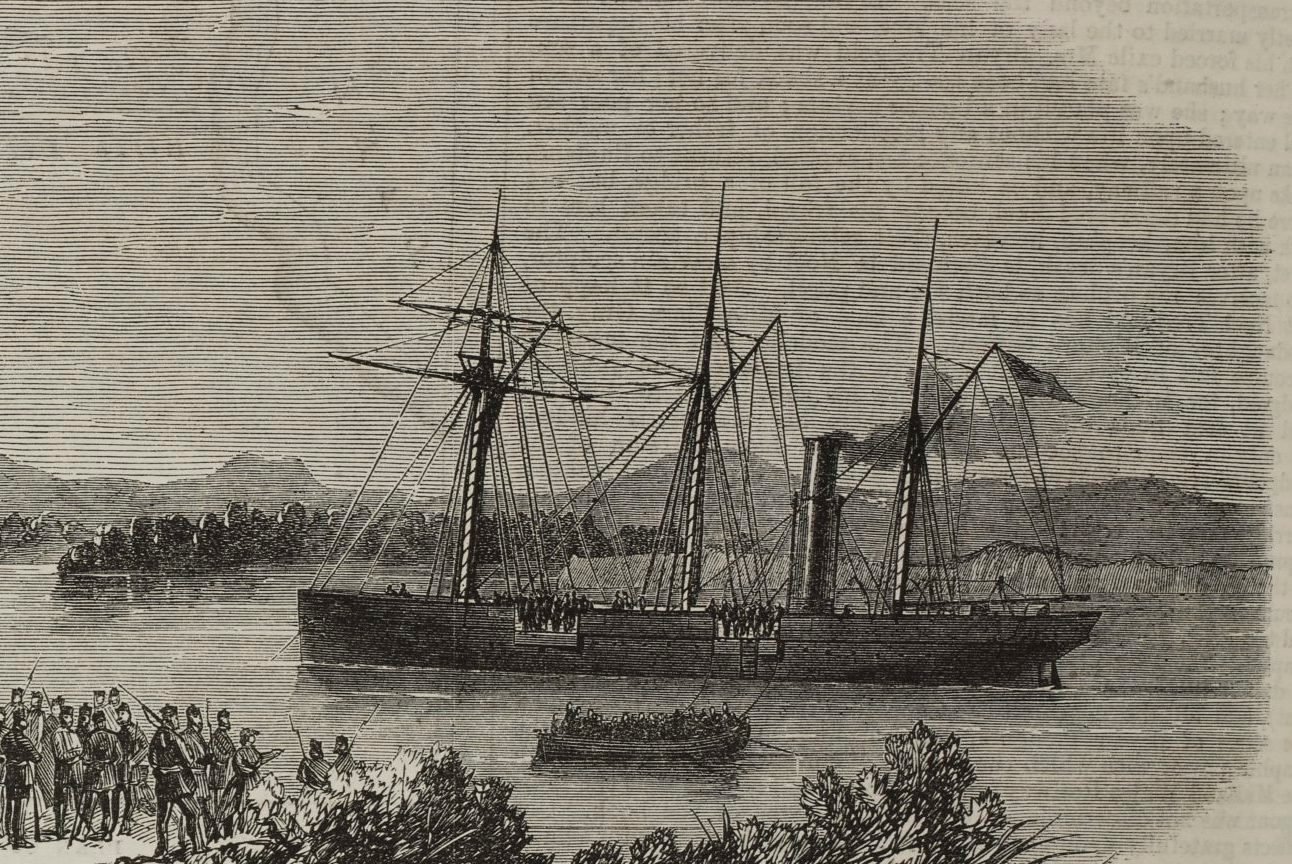
The HMS Maori
Though the HMS Maori—named in honor of the Maori people of New Zealand—only sailed for around five years, it had a short, but illustrious naval career during World War II, Shylar Bredewold, owner of Odyssean Travel and cruise and travel expert, tells Reader’s Digest. This includes being involved in the 1941 sinking of the Bismarck. The HMS Maori sank while moored in a harbor in Malta in February 1942 after being the casualty of an air attack. A few years later, the ship was moved to her final resting place, just off the shore of Malta’s capital, Valletta. Today, it’s a major tourist attraction in Malta thanks to being easily accessible to divers—including Bredewold. “The wreck is further enjoyable where the wildlife of the Mediterranean has reclaimed it,” he says. “I encountered a rather curious octopus on my own expedition there.”
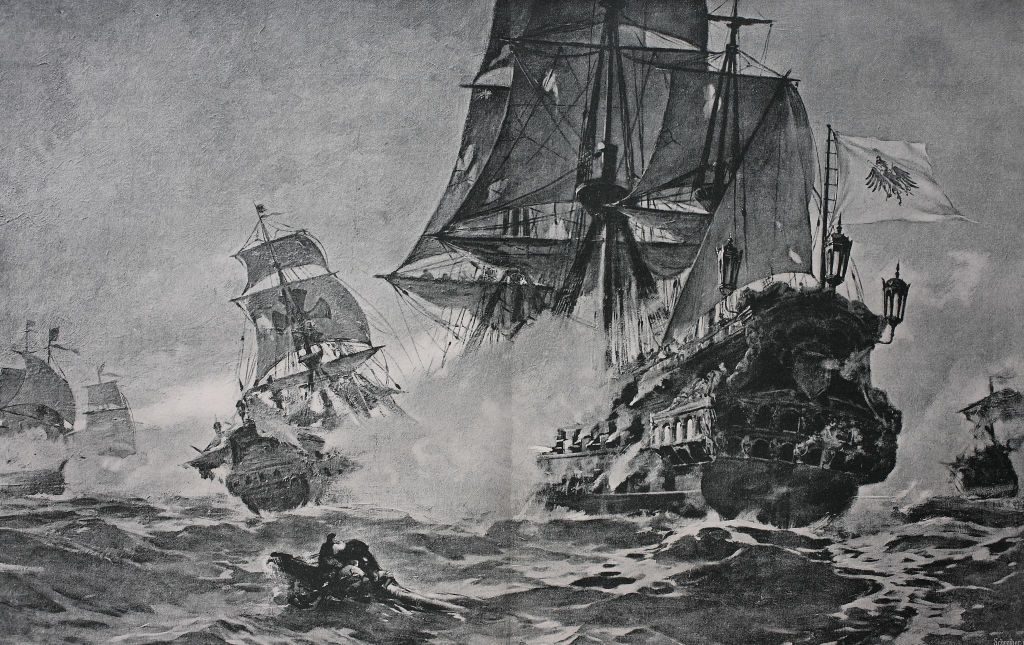
The Treasure Fleet
The 1715 Treasure Fleet (also known as the 1715 Plate Fleet, because “plata” is the Spanish word for silver), wrecked off the coast of what is now Florida, between the St. Lucie River and Cape Canaveral. Under the command of Juan Esteban de Ubilla, 11 of the 12 treasure-carrying ships were lost during their voyage back to Spain, according to Ian Centrone, a representative for Discover Martin, which includes Florida’s Treasure Coast. “Treacherous waves and violent winds caused by an unexpected hurricane eventually sunk 11 of the vessels, scattering a priceless cargo of gold, silver, and precious jewels across the seafloor,” he tells Reader’s Digest. “An estimated 1,500 sailors perished during the hurricane, while a small portion reportedly survived on lifeboats.” Though many other ships and pirates took advantage of the treasures on the sunken ship, it’s believed that there is still an enormous fortune buried off Martin County’s coastline. In fact, to this day, lucky beachgoers can still occasionally find these treasures washed up on the shores.
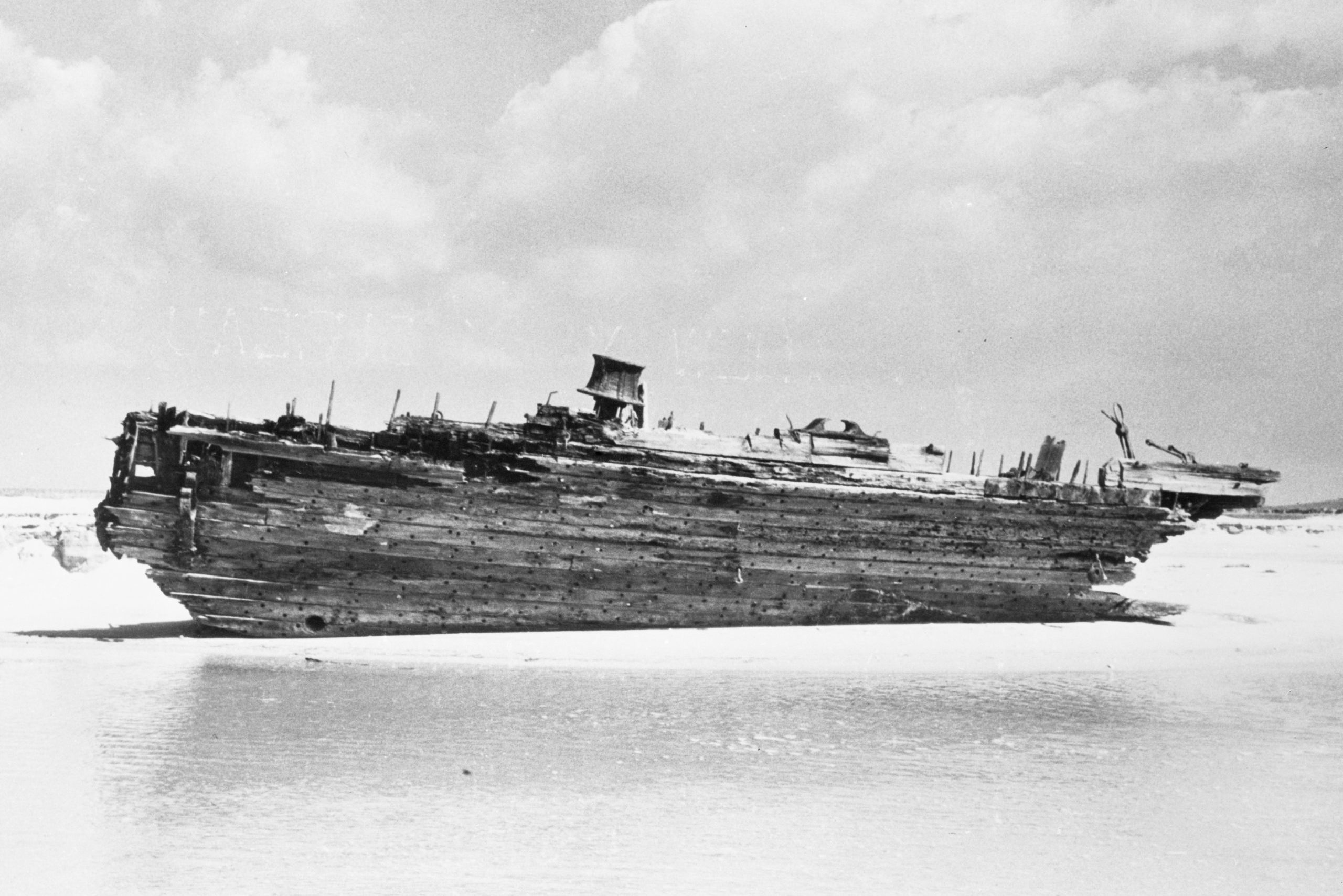
The Carroll A. Deering
Carroll A. Deering was a five-masted commercial schooner built in 1919. Her final voyage was to deliver a load of coal from Newport News, Virginia to Rio De Janeiro, Brazil, but upon her return, she ran aground on January 31, 1921, on the outer edge of Diamond Shoals at Cape Hatteras, North Carolina—with all sails set and lifeboats missing, according to Cyndi Brown, the public information officer at the North Carolina Maritime Museums. “Upon reaching the ship, lifesavers discovered that the entire crew was also missing, along with navigational equipment, the ship’s logs, and the ship’s anchors,” Brown tells Reader’s Digest. “Despite multiple theories and extensive investigations into their fate, no trace of the crew has ever been uncovered.” Though parts of the Carroll A. Deering sank, most of the wreckage of the ghost ship has either been carried away by the tide or recovered and moved to the Graveyard of the Atlantic Museum in Hatteras.
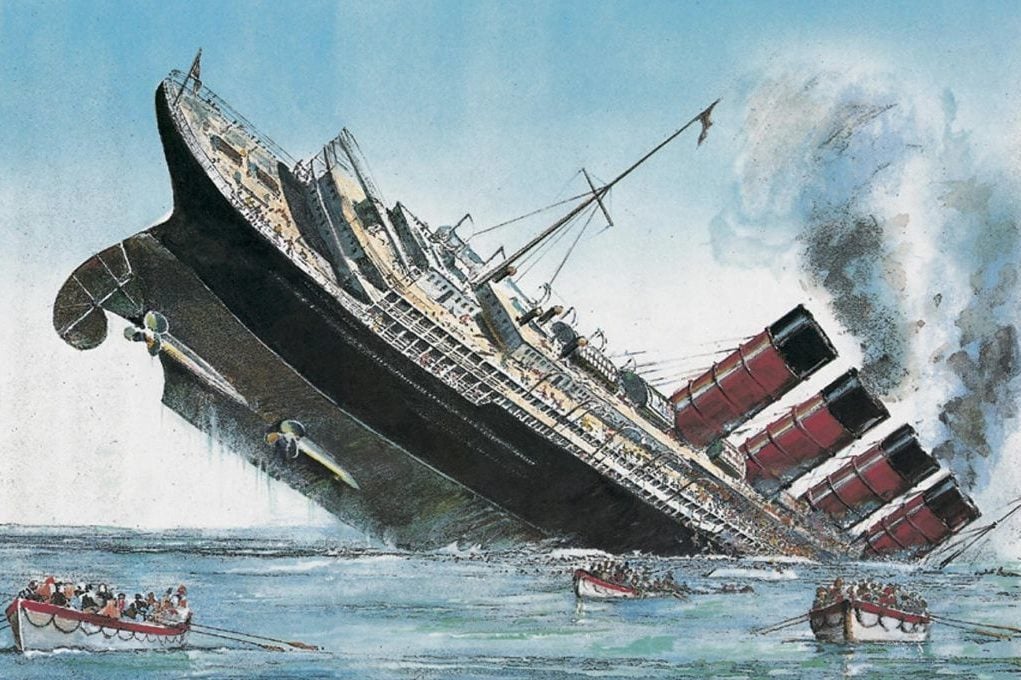
Lusitania
You’ve probably heard of the Lusitania but may not know the real story behind how it went from a British cruise liner full of passengers to a casualty of World War I. Part of the Cunard Line, the Lusitania sank on May 7, 1915, after a German U-boat torpedoed the ship. Of the 1,959 passengers on board, 1,195 perished, including 123 Americans, it went down off the Old Head of Kinsale between the major ports of Baltimore and Queenstown (now called Cobh) in Ireland, where it remains to this day. Though the sinking of the Lusitania wasn’t the single biggest factor prompting the United States to enter World War I, it did solidify the public’s opinions towards Germany. When the Lusitania sank, it hit the floor of the sea very hard, smashing it up into different pieces. Despite being dangerous—including fishing nets and undetonated explosives—the sunken ship has been vandalized and looted. Now, the wreck is protected by the Irish government, which has implemented heavy diving restrictions.
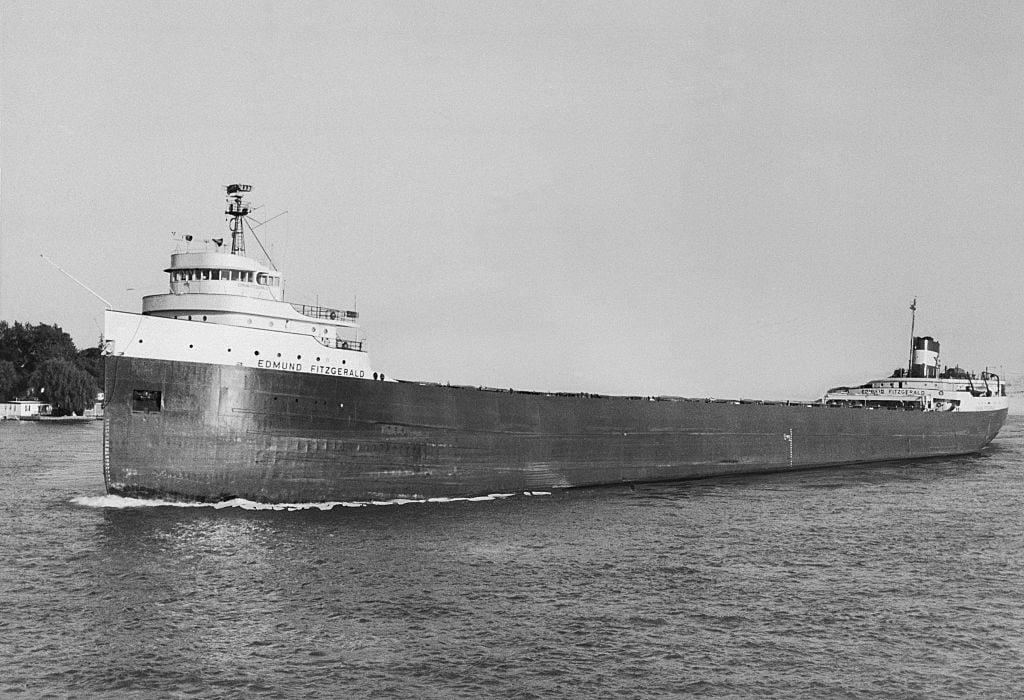
The Edmund Fitzgerald
When the freighter Edmund Fitzgerald launched on June 7, 1958, she was the largest ship on the Great Lakes. For 17 years, she transported iron ore from Minnesota to Detroit and other ports in the Great Lakes, until it got caught in a hurricane-level storm on Lake Superior on November 10, 1975, and sank 17 miles north-northwest of Whitefish Point, Michigan, where it remains today. Although the captain did report problems because of the storm, he never sent any distress signals. The entire crew of 29 men perished in the wreck, though none of the bodies were ever recovered. The Great Lakes Shipwreck Historical Society conducted three underwater expeditions to the wreck, 1989, 1994, and 1995, and it was discovered that the ship had broken in two, 530 feet below the surface of Lake Superior. The tale lives on in Gordon Lightfoot’s ballad, “The Wreck of the Edmund Fitzgerald.” Here are more true stories about shipwrecks in Lake Superior.
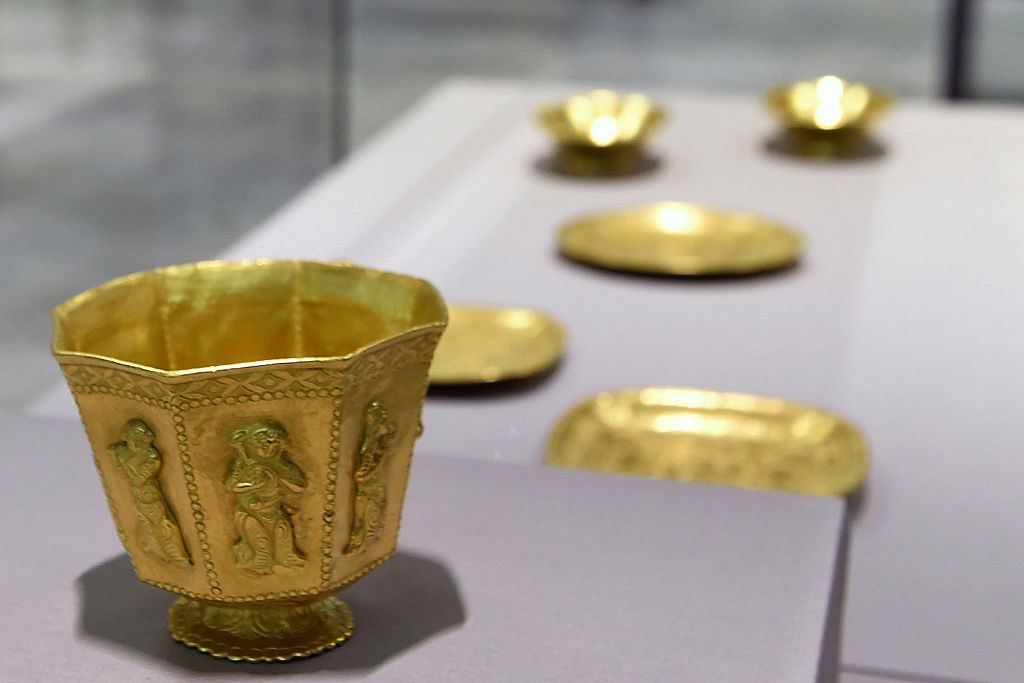
Belitung shipwreck
An Arabian ship sailing between Oman and China during the ninth century AD sank off Belitung Island, Indonesia. Known as the Belitung Shipwreck, Tang shipwreck, and Batu Hitam shipwreck, local fishermen discovered the sunken ship in 1998. According to UNESCO, the ship was originally likely carrying ceramics on the Maritime Silk Route, but it’s unclear why it strayed so far from the route, and what ultimately caused the ship to sink. The Belitung’s cargo primarily consisted of around 60,000 pieces of ceramics, most of which are Changsha ware. Still today, it represents the largest single collection of artifacts from the Tang Dynasty discovered in one location.
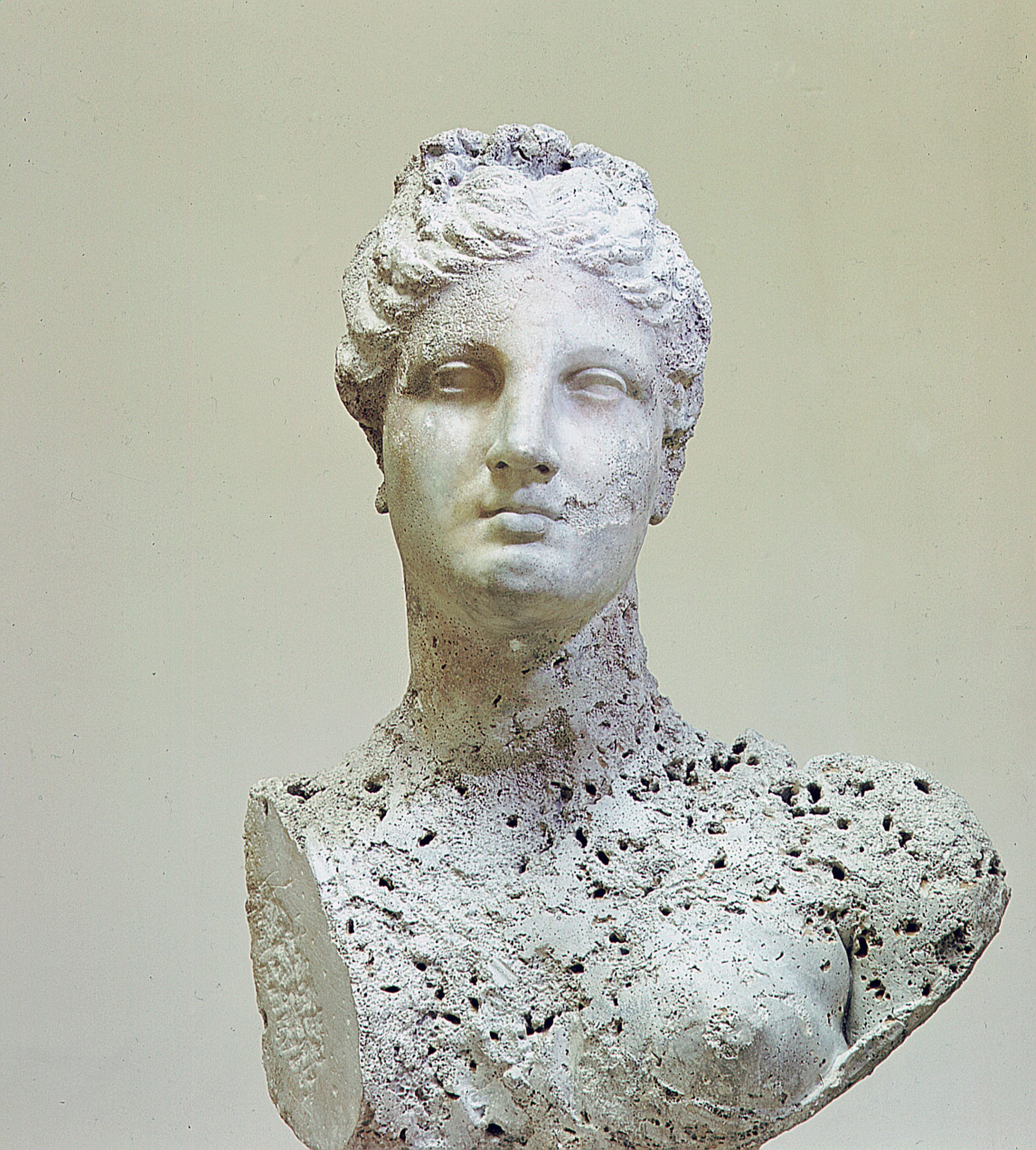
The Mahdia
In 1907, fishermen from the village of Mahdia, Tunisia discovered a major shipwreck. It sank between 100 and 70 B.C.E., carrying works of art and luxury goods from Greece to Rome. The shipwreck—now known as the Mahdia—had some very impressive cargo, including marble and bronze sculptures, a herm with the head of Dionysos, and 60 to 70 marble columns, ornate candelabra, 23 bronze beds, and antiques from the fourth century BC, all headed to Roman for collectors and patrons of the arts. Many of the artifacts that were recovered are now on display at the Musée National du Bardo, Tunis. Next, read on to find out about 15 hidden treasures that haven’t been found yet.
Sources:
- National Park Service: “Why Preserve Shipwrecks”
- The New York Times: “Solving the Mystery of What Became of J.F.K.’s Other Patrol Boat”
- The Great Courses Daily: “Ancient Roman Shipwreck Recovery Proves Difficult, Rewarding for Divers”
- Professor Eric H. Cline, George Washington University
- Island Narratives Program: Sovinto
- Michelle George, representative for the island of Curaçao
- Shylar Bredewold, owner of Odyssean Travel
- Ian Centrone, representative for Discover Martin
- CNN: Secrets of a shipwreck discovered in Ireland
- The Library of Congress: The Lusitania Disaster
- Shipwreck World: RMS Lusitania
- Great Lakes Shipwreck Museum: Edmund Fitzgerald
- Sea Grant Michigan: The Storm that Sunk the Edmund Fitzgerald
- UNESCO: The Belitung Shipwreck
- National Gallery of Art: The Mahdia Shipwreck
